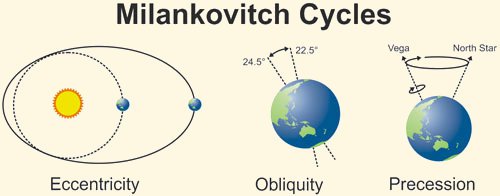Human Biorhythms
The question–whether monitoring biorhythm cycles can actually make a difference in people’s lives–has been studied since the 1960s, when the writings of George S. Thommen popularized the idea.
Several companies began experimenting and although the Japanese were the first nation to apply biorhythms on a large scale, the Swiss were the first to see and realize the benefits of biorhythms in reducing accidents.
Hans Frueh invented the Bio-Card and Bio-Calculator, and Swiss municipal and national authorities appear to have been applying biorhythms for many years before the Japanese experiments. Swissair, which reportedly had been studying the critical days of its pilots for almost a decade previously, did not allow either a pilot or a co-pilot experiencing a critical day to fly with another experiencing the same kind of instability. Reportedly, Swissair had no accidents on those flights where biorhythm had been applied.
Most biorhythm models use three cycles: a 23-day physical cycle, a 28-day emotional cycle, and a 33-day intellectual cycle.[8] Each of these cycles varies between high and low extremes sinusoidally, with days where the cycle crosses the zero line described as “critical days” of greater risk or uncertainty.
The numbers from +100% (maximum) to -100% (minimum) indicate where on each cycle the rhythms are on a particular day. In general, a rhythm at 0% is crossing the midpoint and is thought to have no real impact on your life, whereas a rhythm at +100% (at the peak of that cycle) would give you an edge in that area, and a rhythm at -100% (at the bottom of that cycle) would make life more difficult in that area. There is no particular meaning to a day on which your rhythms are all high or all low, except the obvious benefits or hindrances that these rare extremes are thought to have on your life.
Human Biorhythms are not proven
Various attempts have been made to validate this biorhythm model with inconclusive results. It is fair to say that this particular definition of physical, emotional, and intellectual cycles has not been proven. I do not myself subscribe to it nor have ever attempted to follow it. My point is mainly to draw an analogy. What if fluctuations in global temperatures are the combined results from multiple cycles of varying lengths?

What About Climate Biorhythms
At the longer end, we have astronomical cycles on millennial scales, and at the shorter end, we have seasonal cycles. In between there are a dozen or so oceanic cycles, such as ENSO, AMO, and AMOC, that have multi-decadal phases. Then there are solar cycles, ranging from basic quasi-11 year sunspot cycles, to other centennial maxs and mins. AARI scientists have documented a quasi-60 year cycle in Arctic ice extents. ETH Zurich has a solar radiation database showing an atmospheric sunscreen that alternatively dims or brightens the incoming sunshine over decades (see Nature’s Sunscreen).

It could be that observed warming and cooling periods occur when several more powerful cycles coincide in their phases. For example, we are at the moment anticipating an unusually quiet solar cycle, a Pacific Decadal Oscillation (PDO) negative phase, a cooler North Atlantic (AMO), and possibly a dimming period. Will that coincidence result in temperatures dropping? Was the Little Ice Age caused and then ended after 1850 by such a coincidence of climate biorhythms?

Summary
Our knowledge of these cycles is confounded by not yet untangling them to see individual periodicities, as a basis for probing into their interactions and combined influences. Until that day, we should refrain from picking on one thing, like CO2, as though it were a control knob for the whole climate.



Reblogged this on Climate Collections.
LikeLike
According to a Time Magazine article from many years ago (when it was still a useful source of information and not something only of interest to anthropologists of societal decline), the biorhythms idea (which has nothing to do with circadian rhythms BTW) was the inspiration of Wilhelm Fliess (Freud’s sometime sidekick back in the 1890s). Fliess came up with two cycles. Later Thommen added a third.
LikeLike
Thanks for commenting rw. I heard about this as a young adult, and it made sense that one has clumsy days and days feeling down or listless and days not so swift mentally. What stretched credulity was the claim that these track back to birthdates.
LikeLike
Thanks for sharing the best posts they very nice. I am impressed with your site and your posts they very help us.You made a good site it’s very interesting one.Biorhythmus
LikeLike